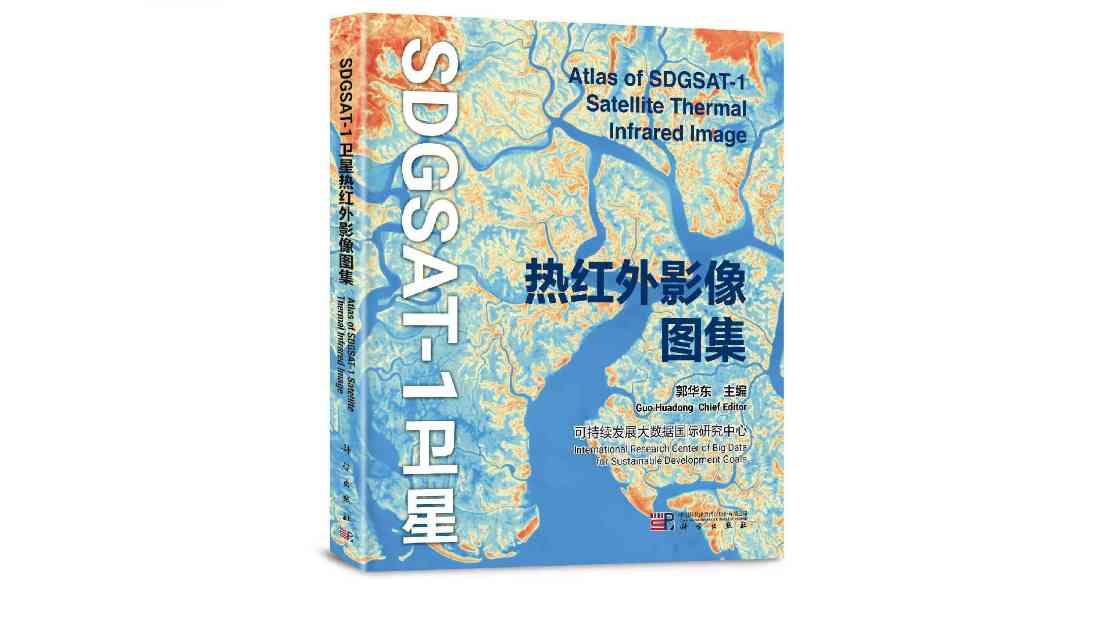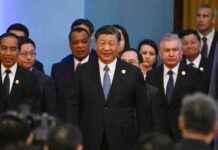China Unveils Groundbreaking Atlas of Thermal Infrared Images for Sustainable Development
In a groundbreaking move towards advancing sustainable development research, China has unveiled the world’s first atlas of remote-sensing thermal infrared images. The unveiling took place at the 4th International Forum on Big Data for Sustainable Development Goals in Beijing. This significant release provides valuable data support for researchers and policymakers alike in their quest for sustainable development.
The newly released atlas is based on data captured by the SDGSAT-1 satellite, which was launched into space in November 2021. This satellite holds the prestigious title of being the world’s first space science satellite dedicated to serving the UN 2030 Agenda for Sustainable Development. The atlas showcases a wide range of landscapes across 118 regions worldwide, offering a comprehensive view of surface features such as rivers, lakes, seas, mountains, hills, and deserts. Furthermore, it provides insights into human activities, including industrial emissions and urban changes, from a unique thermal infrared perspective.
Director of the International Research Center of Big Data for Sustainable Development Goals (CBAS), Guo Huadong, highlighted the importance of the atlas in studying surface energy balance, climate change, urban heat island effect, agricultural monitoring, and natural disaster assessment. He emphasized the close relationship between surface temperatures on Earth and human socioeconomic activities, industrial production conditions, and geomorphic features. Guo expressed his vision of strengthening cooperation with countries, UN agencies, and international organizations to develop and launch a series of satellites in the future, forming a constellation to continuously acquire valuable data for the benefit of all humanity.
Expanding Horizons: The Collection of SDGSAT-1 Satellite Nighttime Light
In addition to the groundbreaking atlas of thermal infrared images, China also unveiled two additional atlases at the forum. The Collection of SDGSAT-1 Satellite Nighttime Light and the Atlas of SDGSAT-1 Satellite Nighttime Light Image offer a unique perspective on nighttime light emissions and their implications for sustainable development. These atlases further enrich the data landscape available for researchers and policymakers seeking innovative solutions for advancing the implementation of the 2030 Agenda through digital technology.
The three-day forum serves as a platform to explore practical experiences in addressing data challenges related to the sustainable development goals. By sharing innovative solutions and best practices, the forum aims to accelerate progress in the latter half of the 2030 Agenda. Through a collaborative effort involving stakeholders from various sectors, the forum seeks to harness the power of data and technology to drive sustainable development on a global scale.
With an emphasis on the importance of data-driven decision-making, the forum highlights the role of remote-sensing technologies in providing valuable insights into environmental changes, human activities, and their impact on sustainable development. By leveraging the capabilities of satellites like SDGSAT-1, researchers can access a wealth of data to inform policy decisions, monitor progress towards the SDGs, and address key challenges facing our planet.
Empowering Sustainable Development: The Future of Remote-Sensing Technology
As we look towards the future, the potential of remote-sensing technology in advancing sustainable development is vast. By harnessing the power of satellites like SDGSAT-1 and future constellations, researchers and policymakers can gain a deeper understanding of our planet’s dynamics and make informed decisions to promote sustainable development. The availability of comprehensive atlases of thermal infrared images and nighttime light emissions opens up new possibilities for studying environmental changes, monitoring urbanization trends, and assessing the impact of human activities on our planet.
Through continued collaboration and investment in remote-sensing technology, we can pave the way for a more sustainable and resilient future for all. By leveraging the wealth of data provided by satellites and atlases, we can address pressing challenges such as climate change, biodiversity loss, and resource depletion. As we strive towards achieving the Sustainable Development Goals by 2030, remote-sensing technology will play a crucial role in guiding our efforts and ensuring a more sustainable future for generations to come.
In conclusion, the release of the world’s first atlas of thermal infrared images marks a significant milestone in the field of remote sensing and sustainable development. By providing valuable data support for researchers and policymakers, these atlases offer a unique perspective on our planet’s surface features and human activities. As we continue to explore the possibilities of remote-sensing technology, we can unlock new insights into environmental changes, urbanization trends, and the impact of human activities on our planet. Through collaboration and innovation, we can harness the power of data to drive sustainable development and create a better future for all.

















